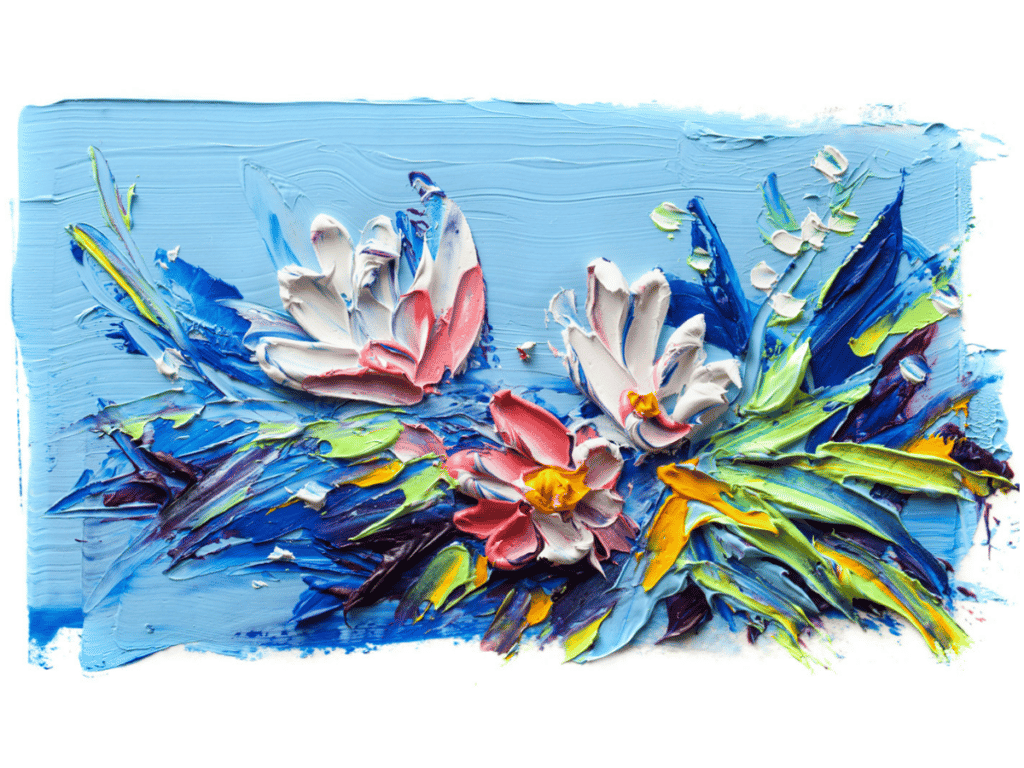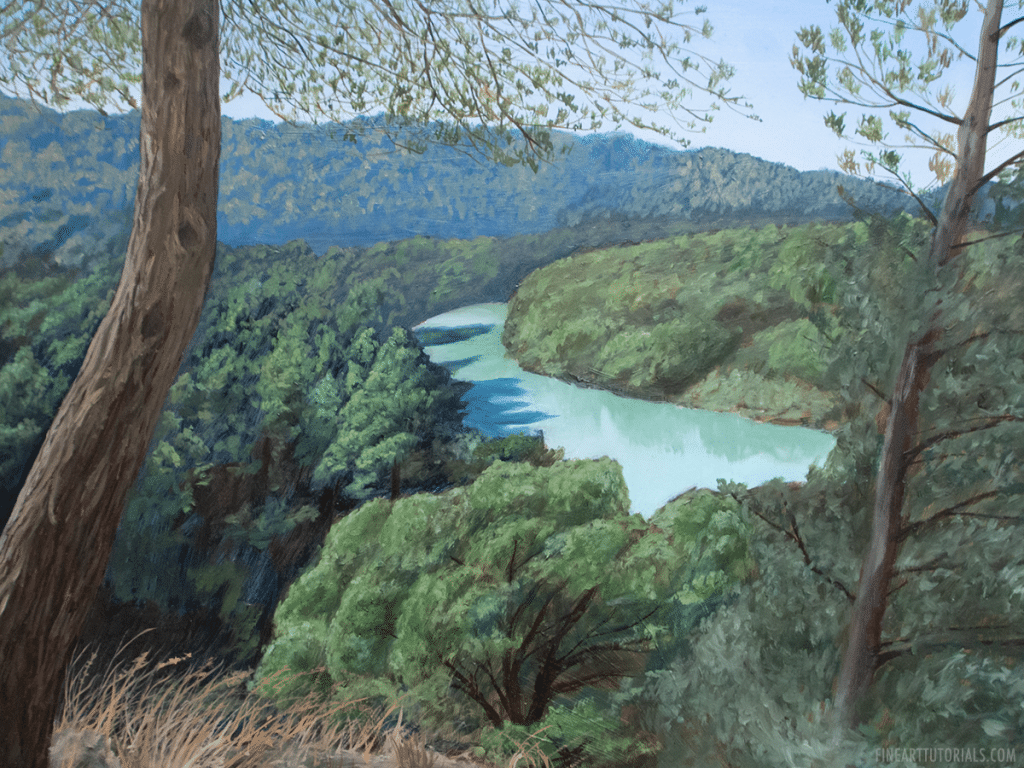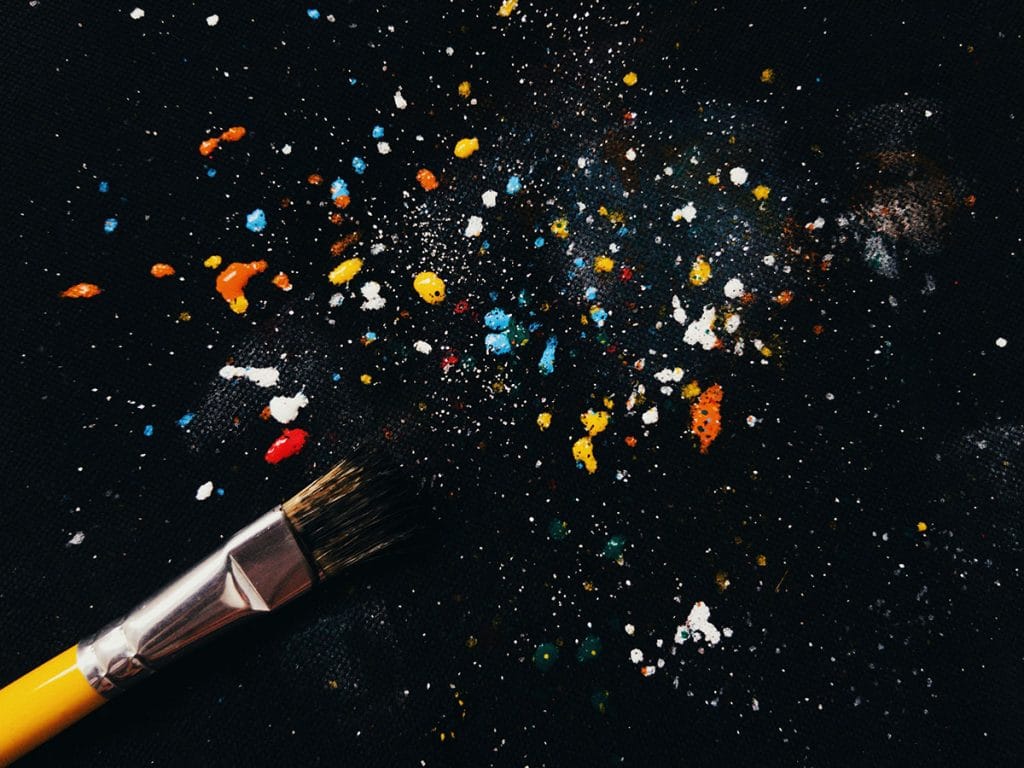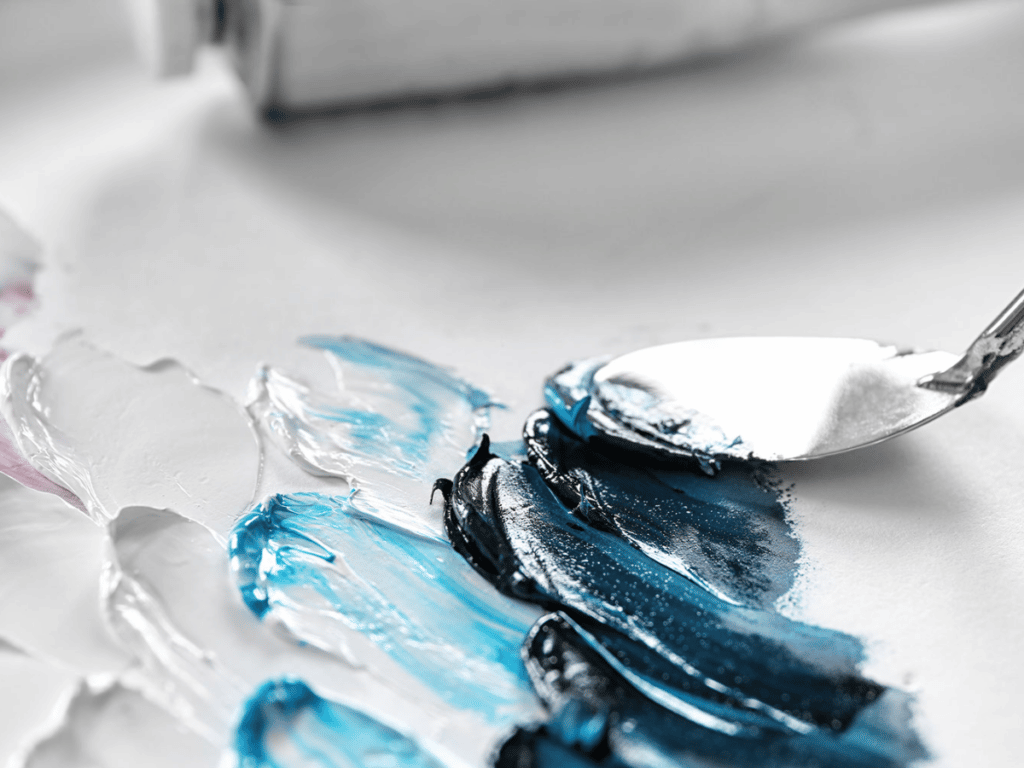

Texture in art is described as the way artists use their chosen medium to create a physical or tactile surface texture in their art. This could mean either creating a three dimensional aspect to the painting or drawing surface with their paint medium, or creating the appearance of texture.
Disclaimer: Fine Art Tutorials is a reader supported site. When you make purchases through links on this site, we may earn a small commission at no extra cost to you.
Contents hideTexture in art is the way an artist creates a visual feel or perceived surface on their work. It is achieved through the use of various elements such as shape, form, and value. The artist may manipulate these elements to create a desired effect on the viewer.

Texture can be used to create a sense of depth, add interest, or evoke certain emotions. It can also be used to create visual balance or contrast. For example, a painting with rough texture might have smooth areas to provide relief from the busyness of the overall image.
Some artists use texture as their primary means of expression, while others use it to complement other elements in their work. There are many different ways to create texture, and the possibilities are limited only by the artist’s imagination.

There are actually two types of texture in art. The physical surface of the painting or drawing itself can have three dimensional properties. Artists create this effect by layering thick paint that holds its shape, creating marks and visible brush strokes in thick paint or painting on a textured surface. Physical texture can be created with a limited number of mediums. The mediums used to create physical texture must be viscous and hold their shape when wet. For example, you can add mediums such as cold wax to oil paint to make mixtures thicker and to help retain brushstrokes on the canvas. Grab a palette knife and paste paint onto the canvas to make interesting patterns and shapes.

The second type of texture is illusory or visual texture, which is when the artist uses various elements to create the illusion of texture. This could be done through the use of brushstrokes, colour or values. For example, an artist might use a dry-brush painting technique to create the look and feel of fur on an animal. Or, they could use contrasting colours to give the illusion of different textures in the same image. Final artworks may not have any physical or tactile surface qualities on the canvas, but the brush or pencil marks emulate the textural qualities of certain objects or subjects. For example, in the painting above, I stippled paint on the panel in short sharp strokes to create the illusion of leaf texture.

Some artists use multiple methods of creating texture in a single work. This can add depth and interest to the piece. It can also be used to create a sense of movement or change.
Artists can use thicker, more viscous mediums that hold their shape while drying to create physical texture in a painting. Some good examples of mediums that can create physical texture on the surface of the canvas or panel are oil paints, heavy body acrylic paints and wax—either encaustic or cold wax. Oil paint dries slowly and when painting in thick layers, it could take months to fully dry and harden. The solution to this, is to add an oil paint medium to the paint mixture. An added medium like Liquin Impasto or cold wax will speed up the drying process of the paint. If the paint cures and hardens faster, it will be ready to varnish, hang on the wall, or send to a gallery sooner!
To create the appearance or illusion of texture, you don’t need paint to hold its shape. You can use any kind of paint or drawing medium to create this effect. For example, watercolours can be used to create the illusion of fur, feathers, leaves on trees or grass. Dry-brush painting is a good technique for creating the illusion of texture with any kind of paint. You could also get a thin brush and runny paint, such as oil paint mixed with linseed oil, or gouache, and detail single brush strokes to represent grass shapes.
Other art mediums such as clay can be used to create wonderful textures on vessels or sculptures. Picking up 3D media can take more practice compared to 2D media like paint, so try to find a local art class if this is something you’re interested in.

There are a number of different supplies that can be used to create physical texture on an artwork’s surface. From dry mediums such as marble dust, or sand, to oil paint mediums such as cold wax. When choosing your mediums and additives, make sure they are suitable for your painting medium of choice, as some will only be suitable for use with oil or acrylic and not both.
Golden makes a range of awesome texture mediums that artists can add to their paint mixtures, or apply to the surface of their canvas or panel to paint or draw on top of.
The texture mediums are mostly made to be used with acrylic paint, but some can be used with other media too. Here are a few of our favourites.
Artists can incorporate Golden Gel mediums to their acrylic paint mixtures, to thicken the paint and to aid it in holding its shape. The Golden Gel mediums also come in a variety of formulations, each with a different purpose. For example, the Golden Heavy Gel is good for thickening and extending the paint, making it go further without affecting the colour, viscosity or adhesive qualities.

There are a number of famous artists who used texture in their works. Van Gogh and Monet both used the impasto technique in their paintings. Van Gogh’s ‘Starry Night’ is an excellent example of how texture can be used to create a sense of movement in a painting. Monet’s ‘Water Lilies’ also uses thick strokes of paint to give the work an almost three-dimensional quality.
Other artists, like Jackson Pollock, used the sgraffito technique in his paintings. Composition With Sgraffito IV is an excellent example of how this technique can be used to create a sense of movement and energy in a painting. In Pollock’s Number 1A, 1948, he used various splatter and mark making techniques to create a sense of texture and chaos in his art.
Grattage is a technique that was used by Max Ernst. He would place objects such as wire mesh on a canvas primed with fresh paint, then lift them to create a relief print. A famous example of his work is ‘La Foret’, which uses this technique to create a sense of movement and energy in the painting.
Texture can be used to create different effects on the viewer. It can be used to create a sense of depth and add dimensionality to your paintings. Experiment with different techniques and materials to find the ones that you like best.
By understanding how texture works, you can use it to enhance your own artwork. Don’t be afraid to get creative! Try new things and see what you can come up with.